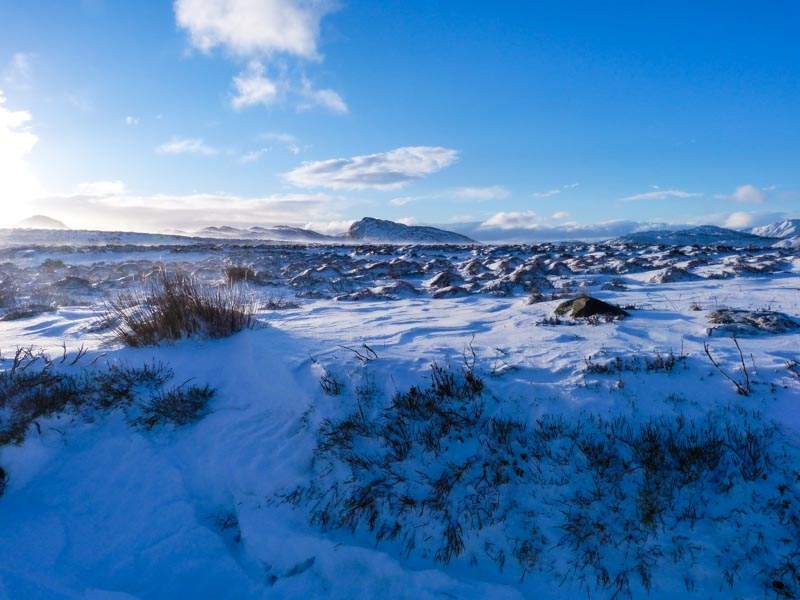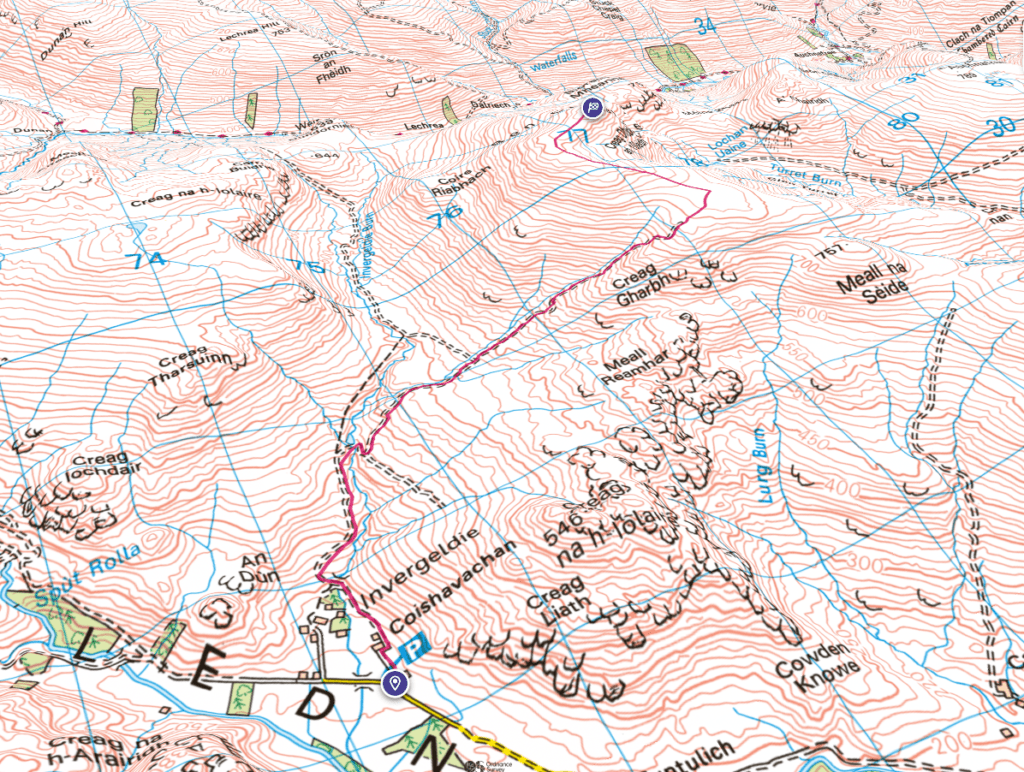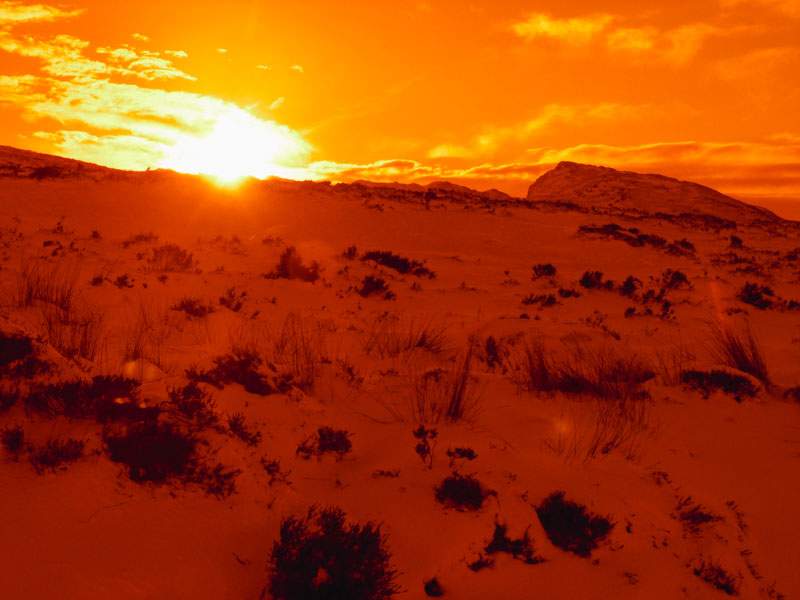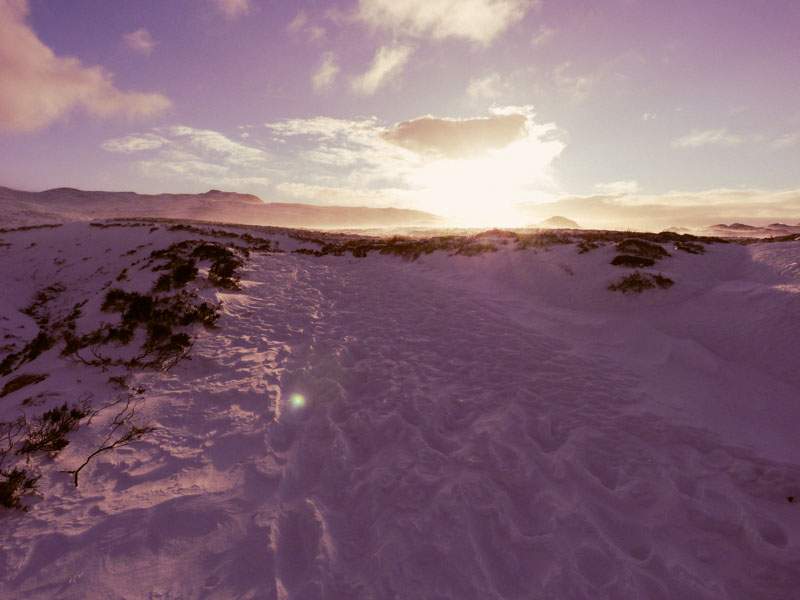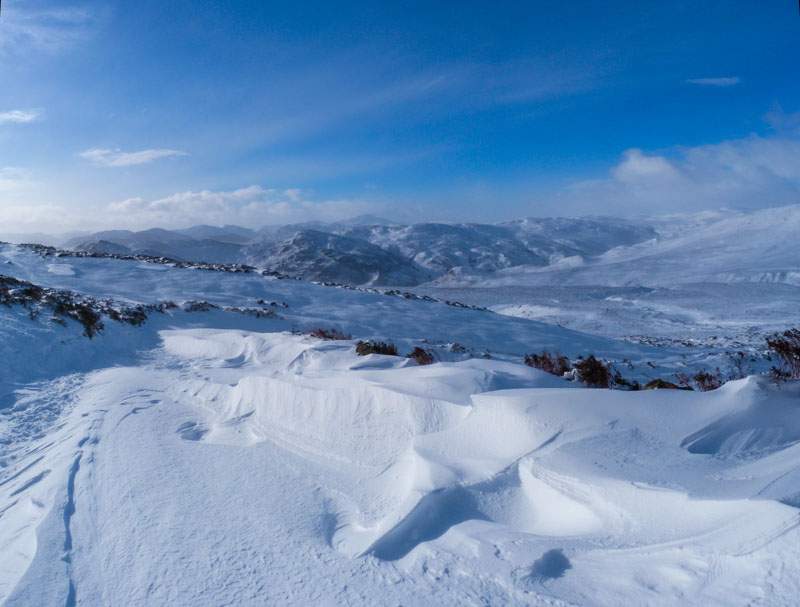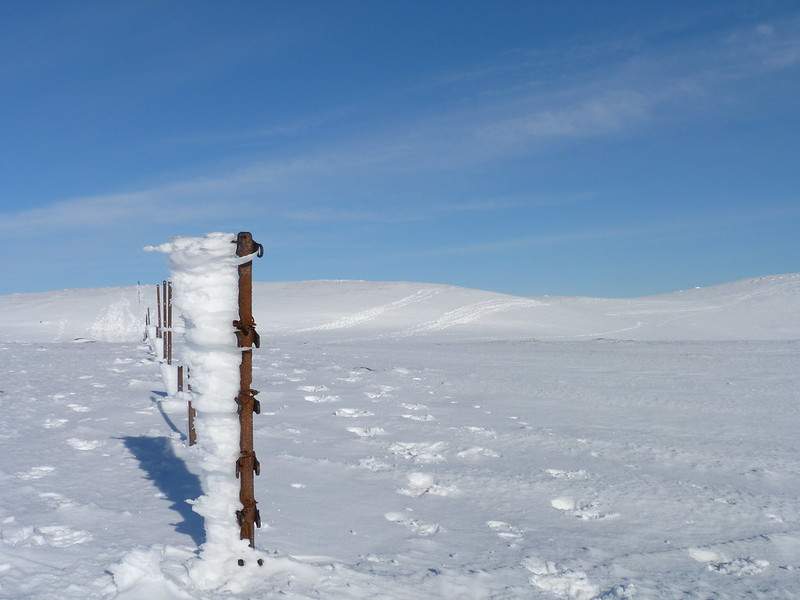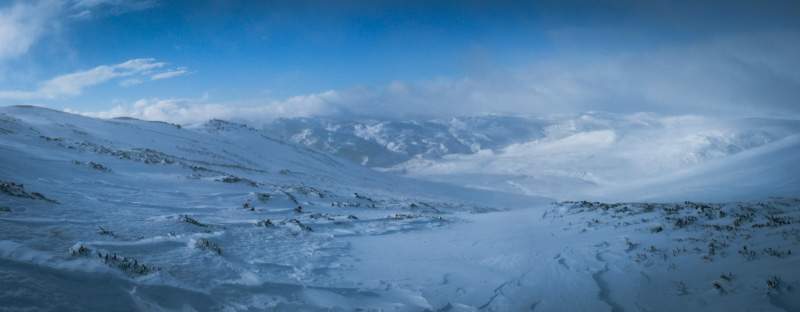
Hiking can feel dangerous. Going into the hills for the first time, or an area you’ve never been to, and you’ve only seen dramatic photos. It can be a little bit daunting! Worried that you’ll not be able to make etc, what if X, Y or Z were to happen? What do you do, how do you know, what can you do to avoid X…?
So far at the time of writing I’ve done over 100 munro summits and during that time I’ve turned back twice. Both for very much different reasons. As always with life a little bit of hindsight (or general experience really), then I could have avoided this. Most certainly on the first time. Second I’d have had to have taken a different route – that’s for another post.
Ben Chonzie
If you’re looking for some photos to see the route then I have two albums.
1) Where I didn’t make it – here.
2) Where I did make it – here
I’d not long been hiking around the hills in Scotland and I was saving this ‘simple’ hill for winter. In my mind I was being very cautious about doing a solo hike in winter for the first time. No idea really what to expect. Collections of dramatic winter photos make even simple hills look scary. Then the wide range of equipment that you can buy makes it seem inaccessible! Knowing that daylight hours are extremely small doesn’t help either. But you’ve got to start somewhere…
Having purchased myself a GPS device (garmin eTrex 30), but I’d never actually used it properly until that day. Previously it was always good weather, with good or great visibility. Yes after getting it I spent time loading it up with a map of the UK, but other than that I didn’t change any settings or test that I knew how to work it to confirm my position on an OS map.
As an aside – I’ve never used the visual map on the GPS device, NEVER! Not saying I don’t use the GPS, because I use it frequently, but never the map feature. I only ever get the grid reference from it and then locate that position on my paper map. So if you’re looking for a fancy screen in a GPS device, I’d not bother. Basic screen with a great battery life is what you want.
I also purchased myself some micros spikes, after reading that they would be OK for basic walks and ice. So why did I not go for full on crampons, you may ask? Well as this was my first winter walk and as such I wasn’t sure if I’d like it or not, I wasn’t going to purchase things like crampons that I was told/read must be worn on stiff winter boots which would then have a combined cost of almost £400.
BTW – it’s not true.
You don’t need winter boots for all crampons, but I learnt that later.
Ever so slightly digressing here – when to turn back…
So I’ve got my gear, printed my map, up nice and early – first on the hills. Fresh deep snow where I can leave my footprints, wonderful! The night before I checked the weather and a storm was coming (but a good while after I expected to be off). So I was mindful of getting up and down reasonably quickly. Setting off I was feeling good, thankfully my new Paramo trousers were doing the job to keep me warm (also had some thermals at the same time). Worry number one over – will I be warm enough!
Lack of experience – equipment.
First thing to go wrong. Ski googles, I put them on as the wind was picking up the snow and then driving it into my face, not to mention the low sun was rather bright at times. Then I’d take them off, well actually put them onto my forehead so I could see better to take some photos. Put them back on and now they had steamed up!
As much as I tried to demist them, wipe them, after that point they just became too much hassle. I could see less and less as time went on with them! Better off without them.
As I approached 800 m+ the shallow incline and the fact it was almost south facing meant the surface was starting to get hard and icy. I may have just walked through some pretty deep portions of snow, but on the plateaus the wind stops them from getting deep, while at the same time in the day the sun melts the surface. As night follows day, the temperature drops and of course then it freezes. the end result is a rather dangerous and icy walking surface – especially in very windy conditions! The micro-spikes were holding up – just, but didn’t really feel like they were really digging in!
So I’d not recommend micro-spikes for hiking – just not good enough. For this type of surface, you need the proper spikes that crampons provide.
Almost at the top
Now I was probably less than 30 mins from the summit (on a good day). But the wind was getting up, the place was just white, I couldn’t see very well, and now I was worried about my footing while at the same time knowing the wind was only going to get stronger… Confidence levels were now a little on the low side.
Final nail in the coffin
Get the GPS device out to see where I am exactly. See if I can determine how much longer and further I’ve got to go. I have a map and a reasonable idea – but I wanted to know for sure. Turn it on… it’s grid system isn’t the same as the OS Maps!!! Arghhh, what on earth, where am I. What if that cloud comes down a bit more, I’ll have no idea… By this point I’m sitting on an icy slope, thinking what to do, along with a map that keeps flapping around in the wind…
Need to make that call. Weather closing in, I can’t use the GPS, getting blown sideways, can’t see very well at times, next to no experience. In my head the call was simple enough. I did see people pass me later on, and if I was to do that same walk today in exact same conditions but with my more experienced head I’d have carried on. But that’s what you do. You learn!
Lessons to learn
One – Practise – know your gear. I should have checked the GPS unit that it’s grid ref was in terms I could use. When I got home I did change it’s settings to use the UK OS grid system, but I should have done that before being on the hill.
Two – The goggle issue – I still actually struggle with this. Not sure why, maybe I sweat more, create more condensation… Who really knows. But I find any googles I’ve tried mist up too easily. I have found one type that make a reasonable job of not misting up and believe it or not, they aren’t some fancy brand. They’re safety goggles from Screwfix!!! They do different kinds, clear, polarised, shades etc. Also if I take them off, I must be careful not to put them on my head or pull them down (as in breath on them). Happy to take suggestions of makes/models that you think are great.
Three – Crampons – later I learned that you can get flexible crampons. As long as the walk you’re doing is a walk and not a steep climb, then flexible crampons will work with any hiking boot. I use general Scarpa boots, the same ones for summer and winter. I’ve now done a fair number of winter walks and had no issues with them and the flexible crampons.
Four – Gear – I wasn’t happy or sure of how much colder it would get. See below about my hat! That unknown that only goes away with experience. If not 100% sure of some item, take a back up. It’s worth it for piece of mind even if you don’t use it.
Equipment
You have to be comfortable with your equipment. Another item I took ages to get just right was my map holder! Yes, something so simple. Doing a solo walk I like to have it in front of me, at hand at any moment. I’ve tried various pouches and means to attach it to my bag -nothing works, nothing you can buy anyway. So when doing Ben Chonzie, the wind would frequently lift my map out of it’s pouch (it was also tied to my bag), and then start flapping around and getting all tangled up. Very annoying. What do I do now?
I purchased some black elasticated cord. Sewed a few straps onto one of my rucksack straps and now my map gets held firmly in place and is immediately accessible.
While I’m talking about wind, the effect of wind and freezing temperatures is something that you probably have to experience. Like I’m meaning strong freezing winds where you really can’t take your gloves off. Where not having a hat that can fasten around your neck will probably mean you lose it – this happened to me and I didn’t notice right away!!! Had a thin balaclava on, with a hat on top. By the time my head was getting cold, I then noticed my hat had blown away! Never did find it.
That one thing that still stops me and I turn around
Wind – off all the things out there, it’s the wind. That unseen force. It can and will literally pick you up, by which point if you’re near a steep drop – that’s it. Game over. Be mindful of your surroundings. A strong wind, can be OK. But as you walk up, if you’re passing near or through some gorge, corrie, or some physical landscape that funnels, then that strong wind can change to be an extremely strong force where making progress is really hard. And of course you can’t see it coming… So yes after being picked up myself once I am a little cautious of the wind.
